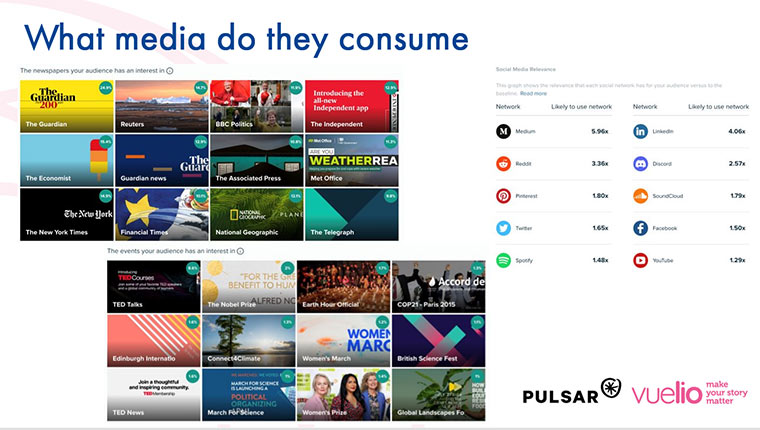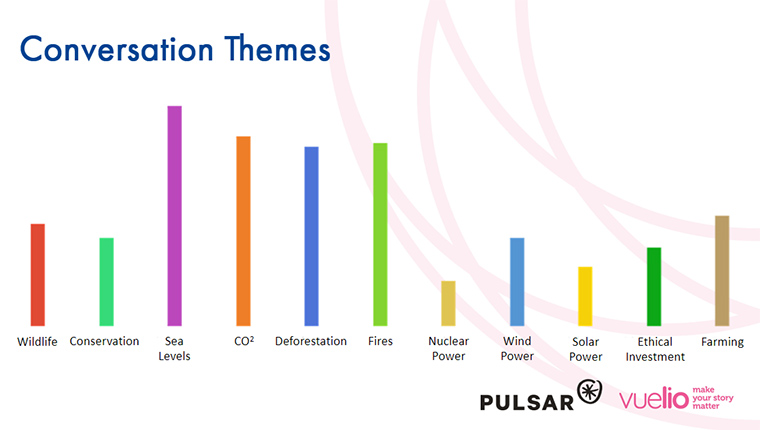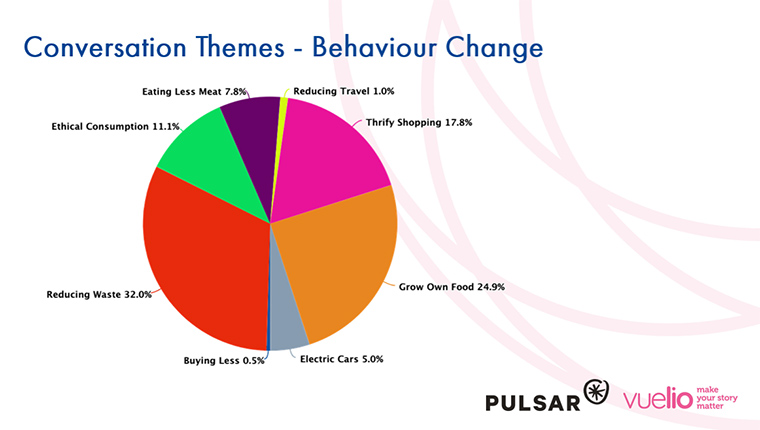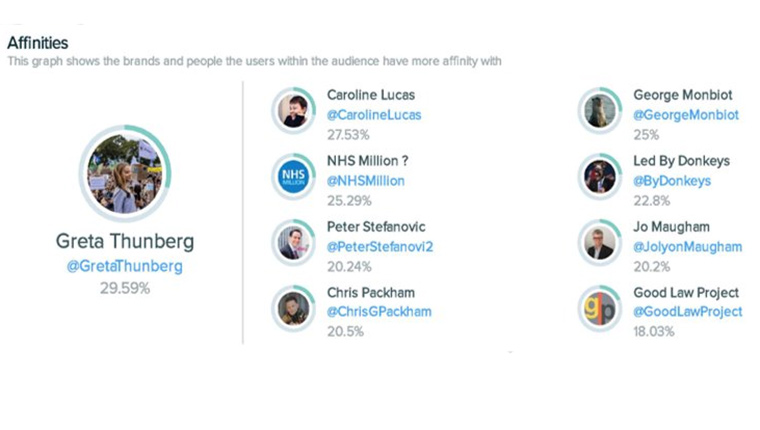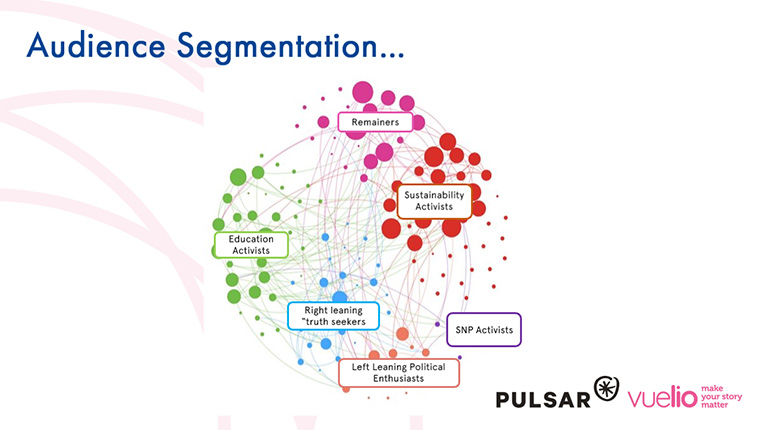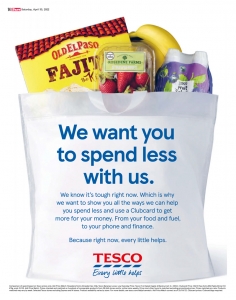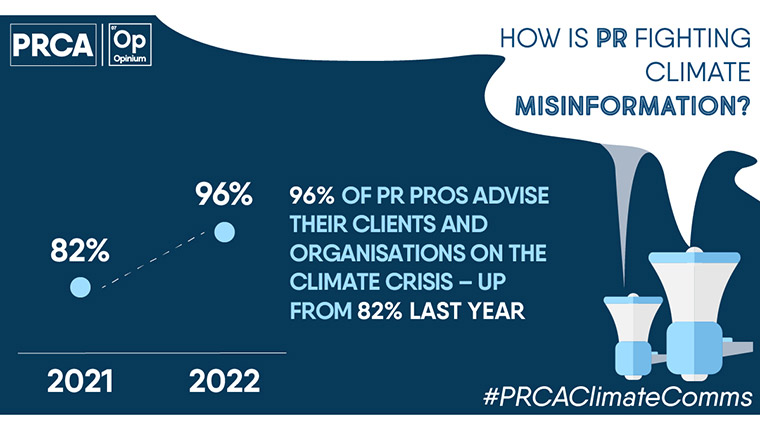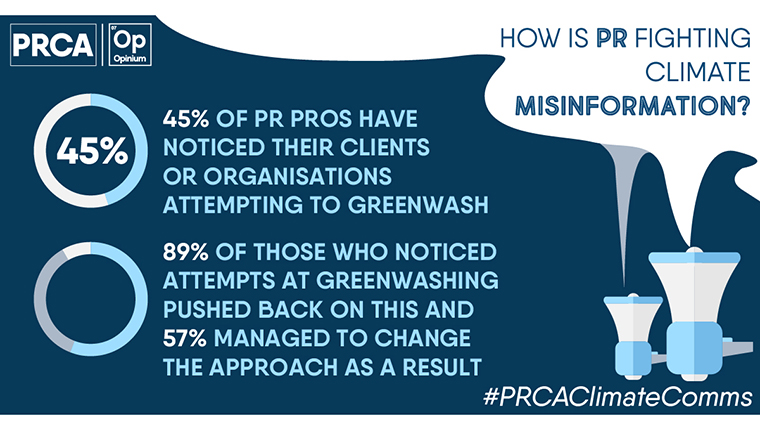Dear Gen Z journalist: How can PRs pitch perfectly to the media?
While there is no ‘Dear Deidre’ for PRs who need advice on pitching to journalists, any comms people with questions out there are in luck. We recently caught up with three up-and-coming freelancers willing to impart their wisdom in our webinar ‘What’s next? The new generation of journalists’.
Here, freelancer and Journo Resources trainee journalist Hannah Bradfield gives advice on extra conundrums from PR people in need of help. First question, please…
DEAR HANNAH: ‘I work in comms for galleries in Scotland. I’m often sharing press releases and pitches to national newspapers based in London (which occasionally get picked up!) but how would you advise reaching out to young journos based down South when that face-to-face interaction is typically impossible?’
Hannah says: I think always start with an email that includes a brief introduction of who you are and what you do. If no reply, I think it’s definitely okay to chase up a couple of times. After email correspondence, you could organise a phone call or Zoom call (I personally prefer as face-to-face as the situation allows).
‘How much detail do you want in your email pitches from PR folk? Would you like us to suggest angles? I never know how to get the right balance! How do you prefer to be pitched? Do you prefer something short and snappy, with a release below, or a longer upfront pitch?’
Hannah says: I think one of the key skills to have as a journalist is to be able to find the best angle in any story. There’s no harm in suggesting an angle if you feel it’s strong or particularly relevant – or is just generally useful for the journalist to keep in mind. However, I think more often than not, journalists will – after some time spent thinking and researching – find and know their angle.
Again, I think as most journalists would probably say, the more information the better when finding an angle for a story. However, that definitely doesn’t mean noting down information for information’s sake. As long as all the info is useful and relevant, it’s best to include it – even if that means the pitch doesn’t come across quite as ‘short and snappy’ and takes a little longer to read (in my opinion).
Basically, in summary, I would say don’t feel pressure to be ‘short and snappy’ but also don’t write a long pitch for the sake of it.
‘Is there any ways for PRs to stand out to you when sending in press releases, and what style of press release is most likely to catch your eye? How important is the subject line in the email? Would you avoid reading the email if the subject line isn’t great?’
Hannah says: The subject line is always important – in almost any email-related scenario – but especially in journalism.
I wouldn’t purposely avoid reading the email if the subject line wasn’t great – but if it didn’t ‘jump out to me’ it would probably go under my radar/into the ‘I’ll read that later’ category, which I usually forget to come back to, unless prompted!
I think being succinct, informative and purposeful often fulfils the criteria of ‘eye-catching’.
‘Have you noticed how you work/your approach being very different to journos of other generations?’
Hannah says: I actually don’t really see it like that. In the newsrooms that I’ve worked in, things have generally seemed to ‘move with the times’ and I feel like journalists of different ages have been quite open to learning from each other in light of the ‘digital revolution’.
I guess that, in my experience, older journalists do seem to be considerably more confident speaking on the phone – whereas younger journos, myself included, are perhaps the most comfortable when talking to somebody face-to-face, whether that’s in-person or on Zoom. This is my own experience, though – I have heard stories about journalists of other generations who’ve been reluctant to see the importance of newer aspects of journalism like SEO, etc.
How important do you think journalism qualifications are now?
Hannah says: I don’t actually have any formal journalism qualifications. I think as long as you can build the experience, they don’t matter hugely unless you know exactly the route you want to take into journalism where an NCTJ is required (e.g., in a lot of local/regional newsrooms). Although, it’s definitely worth looking into the different ways you might be able to get a journalism qualification without having to pay – some newsrooms will pay for these types of qualifications if you’re doing on-the-job training with them, or there might be other entry-level jobs that involve training/a qualification/a wage, all in one.
Personally, I think experience is always the most important – and looking for experience as your first port of call is sensible because you might find out that you hate a certain role anyway, and then you’ll be glad that you didn’t get yourself into debt studying for a journalism qualification.
If you are gaining experience first, this will lead to industry contacts who will in turn be able to direct you towards journalism funding and schemes.
That said, if you find yourself in the situation where you are able to study for a journalism qualification – it will only add to your employability – especially if you have experience to show alongside it.
For more on pitching perfectly to the UK media, download our white paper ‘How to pitch to journalists’.
Find the right media professionals for your campaigns with the Vuelio media database, spanning national press, consumer and trade magazines, broadcasters, social media influencers and more – book a demo.






